

White mustard is getting popular: many are discovering its use as a green garden fertilizer, with the benefit of being a delicious spice!
White mustard, a few key facts:
Botanical name – Sinapis alba
Common name – white mustard
Family – Brassicaceae
Type – spice, green manure
Height – 2 ½ feet (70 cm) to 4 feet (120 cm)
Planting distance – 2 grams of seeds (a pinch) per sq. yard (m²)
Exposure – sun
Soil type – cool, rich and light
Planting – Spring, Summer – Harvest – Spring to summer
White mustard is a herbaceous annual plant that produces fuzzy, branching stems, serrated (toothy) and lobed leaves, and clusters of small yellow flowers. Typically, it’s used as green manure to increase soil quality. White mustard both enriches the soil it grows in and absorbs noxious nitrates. It also repels nematodes.
Interestingly, this plant is also a perfectly edible spice. The most refined mustards on the Old Continent use its large pale yellow seeds as a key ingredient. Native to North Africa, Europe and the Middle East, white mustard is very easy to grow and doesn’t require much care. A word of caution: don’t confuse white mustard with China mustard.
You should always sow white mustard directly in the plot. Do so anytime from March to May if you hope to harvest its seeds, or from August to September if your goal is to use it as green manure for your vegetable plot.
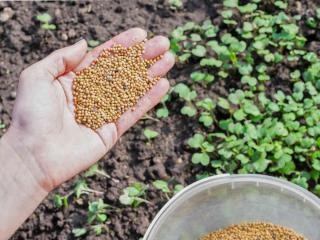 First of all, rake the area clean and make the ground level. Then, douse it with water to make the soil moist and cool. Finally, sow the mustard seeds:
First of all, rake the area clean and make the ground level. Then, douse it with water to make the soil moist and cool. Finally, sow the mustard seeds: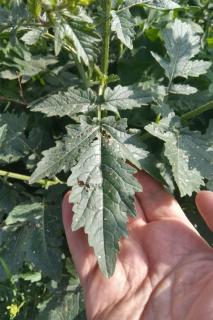
To truly thrive, however, rich, light and cool soil is the key. It doesn’t like excess moisture, drought, or shade very much. A good location for this spice is full sun or part shade. As long as it gets regular rain and enough sun, white mustard needs absolutely no human intervention at all to keep reappearing year after year. If ever rains are tardy, though, grab the watering can for a round of watering to keep the soil cool.
White mustard is a plant that is highly resistant to most diseases, apart perhaps from clubroot (a form of root rot).
Pests, however, are another matter. Slugs love eating young tender shoots, and older plants are a compatible cabbage moth host.
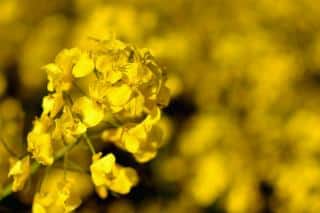
For use as a spice, collect the mustard seed pods when they’re already quite dry, which is usually 2 months after having been sown in Spring.
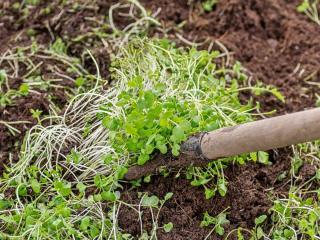
If you need to use the plot earlier, go ahead: any amount of growth gives lots of nutrients.
Another alternative is to mow them over with a mower in the “mulching” position. The goal is to shred everything up and let the residual clippings sit on the ground as a layer of mulch.
Perfectionists like to till this green manure deeper in the soil with a rototiller, but this isn’t absolutely necessary.
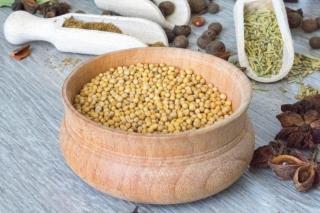
Seeds are almost exclusively destined to become mustard. Steps to make it involve crushing them and mixing the paste with water and vinegar. Connoisseurs know that the seeds can also be eaten raw or grilled. Just add them to your meals, and marinades for the barbecue…
Plant only a few square feet for a bowl full of seeds.